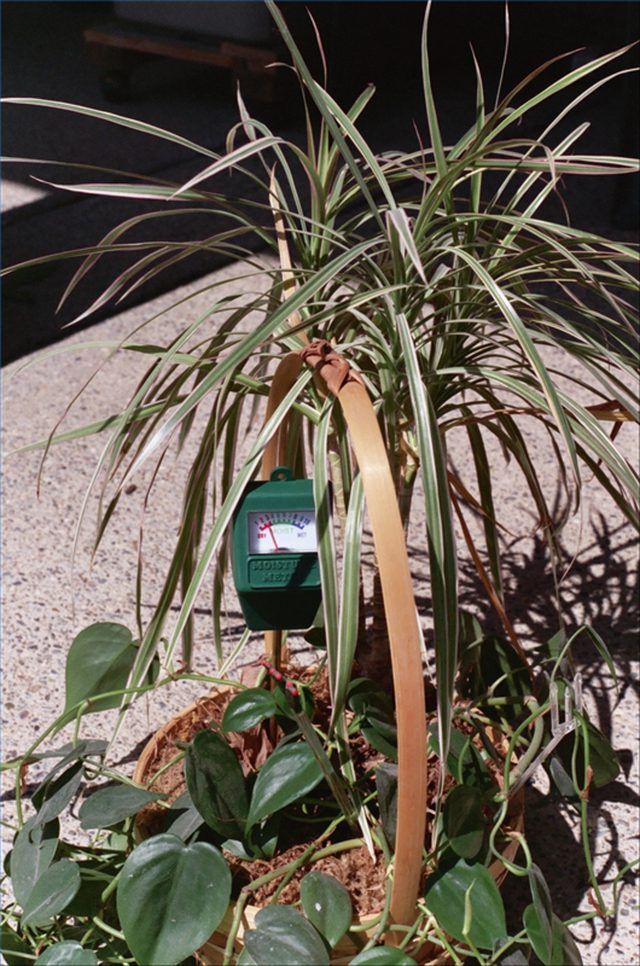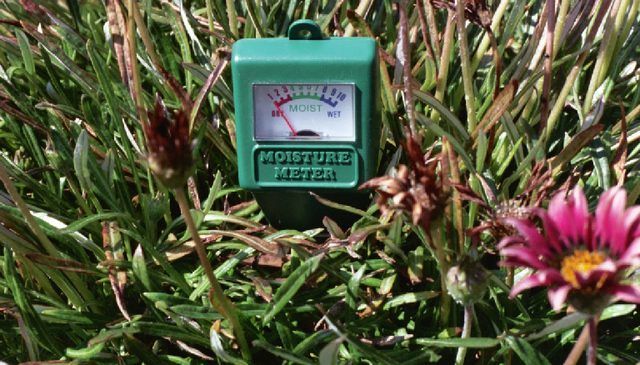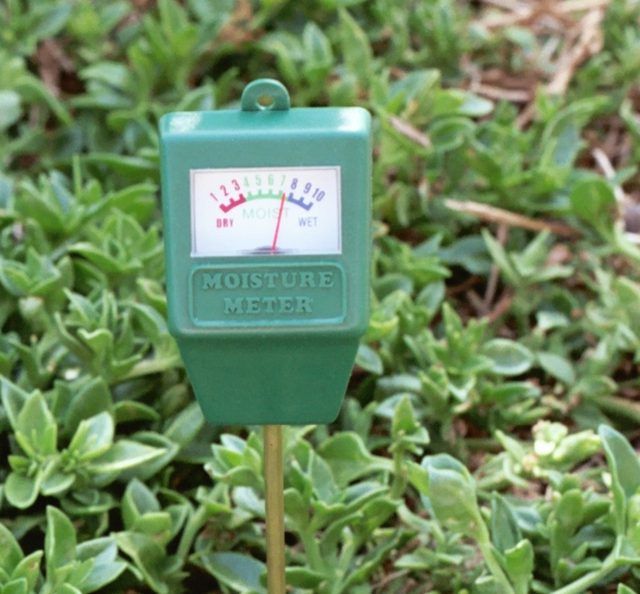Bulbs
Flower Basics
Flower Beds & Specialty Gardens
Flower Garden
Garden Furniture
Garden Gnomes
Garden Seeds
Garden Sheds
Garden Statues
Garden Tools & Supplies
Gardening Basics
Green & Organic
Groundcovers & Vines
Growing Annuals
Growing Basil
Growing Beans
Growing Berries
Growing Blueberries
Growing Cactus
Growing Corn
Growing Cotton
Growing Edibles
Growing Flowers
Growing Garlic
Growing Grapes
Growing Grass
Growing Herbs
Growing Jasmine
Growing Mint
Growing Mushrooms
Orchids
Growing Peanuts
Growing Perennials
Growing Plants
Growing Rosemary
Growing Roses
Growing Strawberries
Growing Sunflowers
Growing Thyme
Growing Tomatoes
Growing Tulips
Growing Vegetables
Herb Basics
Herb Garden
Indoor Growing
Landscaping Basics
Landscaping Patios
Landscaping Plants
Landscaping Shrubs
Landscaping Trees
Landscaping Walks & Pathways
Lawn Basics
Lawn Maintenance
Lawn Mowers
Lawn Ornaments
Lawn Planting
Lawn Tools
Outdoor Growing
Overall Landscape Planning
Pests, Weeds & Problems
Plant Basics
Rock Garden
Rose Garden
Shrubs
Soil
Specialty Gardens
Trees
Vegetable Garden
Yard Maintenance
How to Use a Moisture Meter
How to Use a Moisture Meter. A plant moisture meter is a handy gadget to measure humidity in the soil. This device helps prevent overwatering or underwatering plants. Usually it has a scale of 1 to 10, with 1 being most dry and 10 being most wet. Most meters also have a color range composed of red, green and blue. Moisture meters are not expensive...

A plant moisture meter is a handy gadget to measure humidity in the soil. This device helps prevent overwatering or underwatering plants. Usually it has a scale of 1 to 10, with 1 being most dry and 10 being most wet. Most meters also have a color range composed of red, green and blue. Moisture meters are not expensive and can check plant moisture instantly.
Pick a device. Moisture meters come plain or fancy. They can check moisture, light, soil acidity and other factors. A plain moisture meter is easiest to use for quick plant checks. Choose one that measures instantly and needs no batteries.
Use it to check indoor plants. Hold the head or gauge end of the meter. The pointed end is the probe. Insert the probe into the soil about three-quarters down into the pot. This measures the soil moisture at the roots.

Enter the red zone. Some plants need dry soil. Cactus, snake plant and other low water plants are easily killed by overwatering. Their soil moisture should be low or in the red zone.
Go for the green. Most plants need moderately humid soil. These include azaleas, begonias, ficus and philodendrons. Their soil humidity should be in the meter's green zone. If the meter is in the red, the plant is ready for water. If the meter is in the blue zone, the soil is too wet. Do not water again until the plant's roots show red or green.

Sing the blues. Some plants, such as ferns, need more water. While most plants should not be in the blue zone, which is too wet, ferns should be more in the green-blue zone than the red-green zone.
Walk outdoors. The moisture meter is handy for checking outdoor plants and shrub water. It is especially helpful if the plants have drip irrigation. If you think the emitters have clogged or are not putting out the right amount of water, use the moisture meter to check some places around the plant.
Monitor frequently. Use the meter to spot-check your plants. Do not leave the meter in the plant for long. Wipe off the probe and keep the moisture meter dry and clean.
